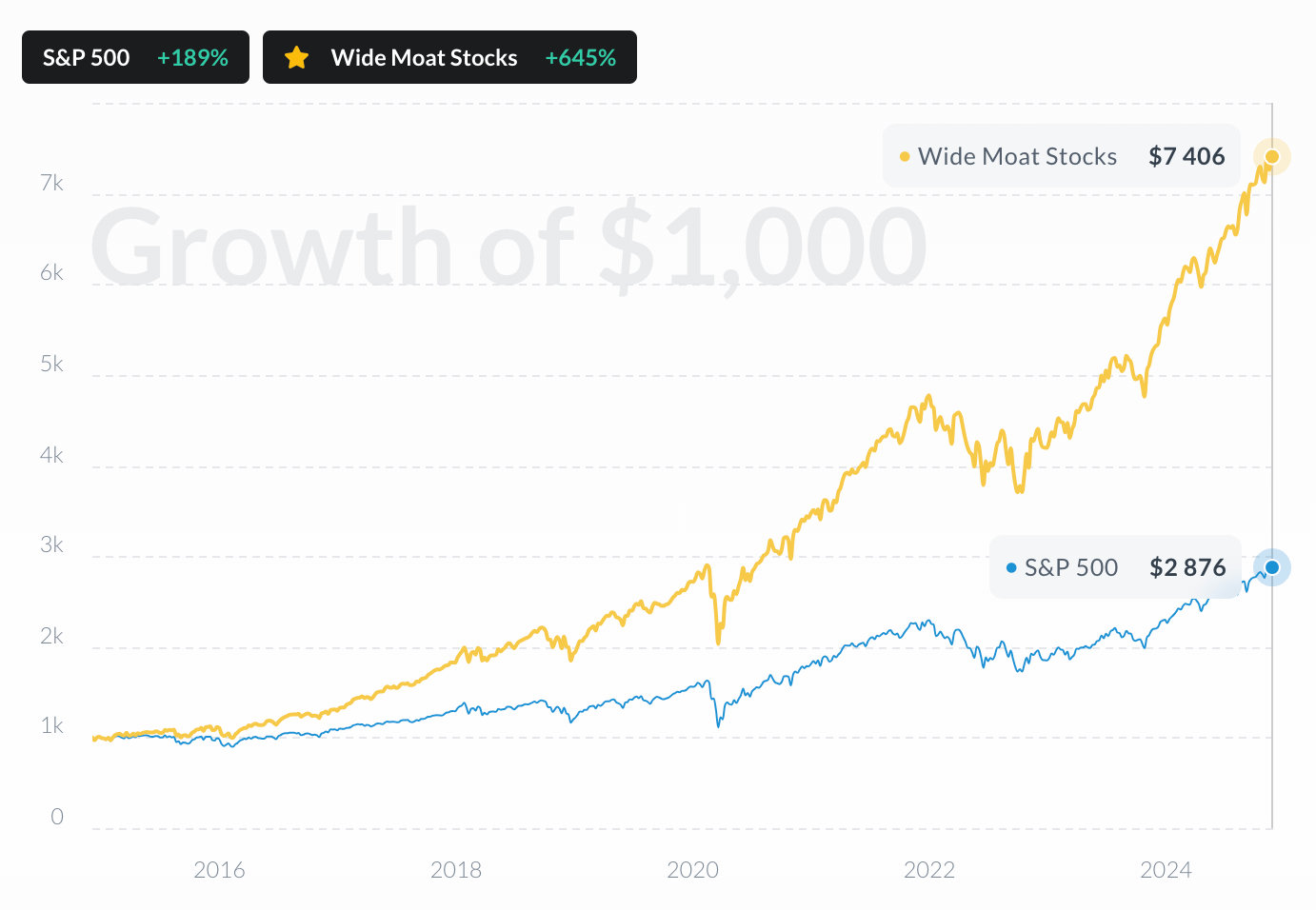 BANR
vs
S&P 500
BANR
vs
S&P 500
 BANR
BANR
Over the past 12 months, BANR has significantly outperformed S&P 500, delivering a return of 41% compared to the S&P 500's 8% growth.
Stocks Performance
BANR vs S&P 500

Performance By Year
BANR vs S&P 500

Banner Corp
Glance View
Banner Corporation, rooted in the Northwestern United States, has steadily cemented its presence in the banking sector since its founding in the early 1890s. Originally a small community bank, it has expanded its reach across Washington, Oregon, Idaho, and now even further afield, through strategic acquisitions and organic growth. The company's flagship entity, Banner Bank, functions as a full-service commercial bank. This means it channels significant focus towards providing a wide array of financial services that cater to individual clients, businesses, and municipalities alike. What sets Banner Corp. apart is its commitment to understanding the local markets, allowing it to tailor its lending, savings, and investment products to meet these specific regional needs. This hyper-local focus has been instrumental in fortifying its customer relationships and nurturing customer loyalty, which is critical in the banking industry. Revenue at Banner Corporation is primarily generated through interest income, a crucial element derived from loans and investment securities. The bank takes customers' deposits and loans out a substantial proportion of these funds to individuals and businesses in the form of mortgages, commercial loans, and personal loans, charging interest in return. Additionally, Banner Corp. earns non-interest income through a variety of service fees, such as those related to account maintenance, asset management, and wealth advisory services. The careful balance of interest and non-interest income allows the corporation to navigate the volatile financial landscape while continuing to invest in technological advancements and expand its service network. Despite the competitive environment of regional banking, Banner Corp. remains resilient through its adaptable business model and prudent financial management, which has consistently driven its profitability over the decades.
















































 You don't have any saved screeners yet
You don't have any saved screeners yet